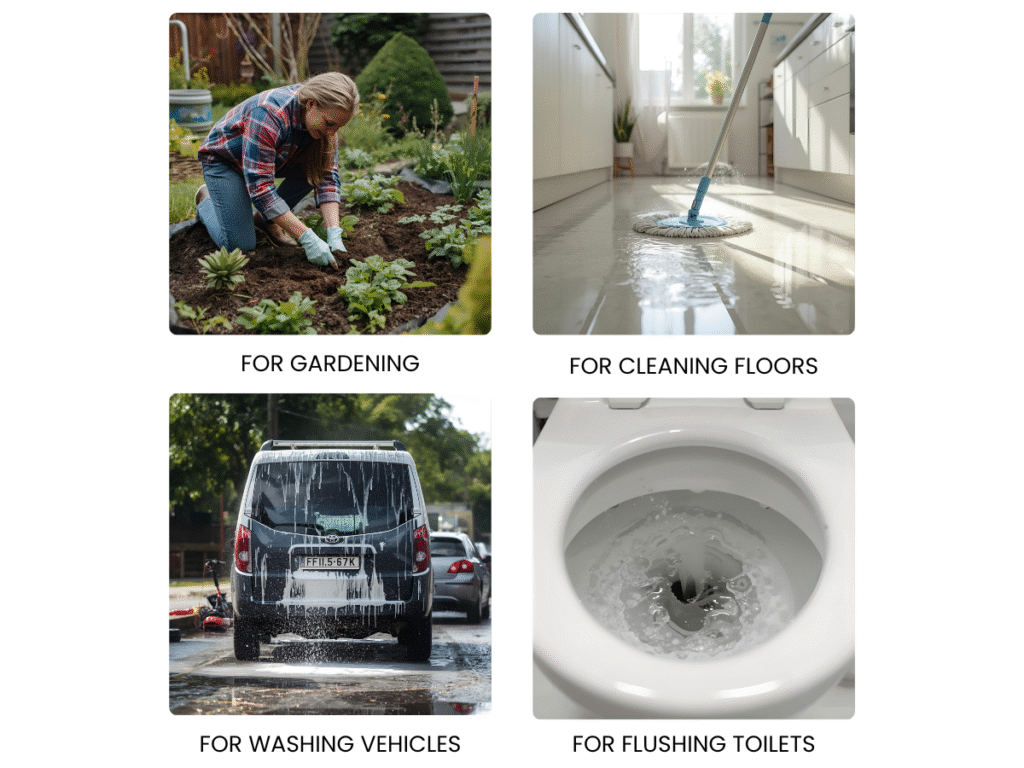Frequently Asked Questions
1. Can RO waste water be used for?
RO reject water can be repurposed for various non-potable uses around the house, primarily because it's a significant volume of water that's usually just flushed down the drain. Common applications include flushing toilets, which doesn't require high-quality water, or for washing floors, cars, or outdoor spaces. It can also be used in some situations for pre-rinsing dishes before washing. However, its high mineral content makes it unsuitable for uses where scale buildup is a concern, such as in appliances like washing machines or dishwashers, or for direct drinking or cooking.
2. How to dispose of RO waste water?
The most common and standard way to dispose of RO waste water from a household unit is to pour it down the drain, where it enters the municipal sewer or septic system. This is generally considered safe for household units because the total volume and TDS load is relatively small compared to the overall water usage and the capacity of the wastewater treatment plants or septic tanks. Never dispose of it directly into a storm drain or natural water body, as the high salt concentration can harm the local ecosystem. If you are on a septic system, you should confirm with a professional that the high TDS won't negatively impact the balance or function of your tank and drain field over time.
3. Can we pour RO waste water to plants?
Pouring RO wastewater directly on to plants is generally not recommended and can be harmful. The primary concern is the high concentration of salts (TDS) in the reject water. This high salinity can cause salt burn on leaves, dehydrate the plant by drawing water out of the roots (osmotic stress), and gradually build up in the soil, eventually making it toxic for most plant species. While some salt−tolerant plants or large lawn areas might handle very diluted reject water, it's safer to avoid using it for most common house or garden plants. If you must use it, it should be significantly diluted with fresh water or used very infrequently and sparingly.
4. How to reuse waste water from RO?
To effectively reuse waste water from an RO system, you need a method to collect and store the reject water, as it's typically produced slowly. A common approach is to divert the reject line to a storage tank or large bucket positioned under the sink or outside. Once collected, the water can be reused for the non-potable purposes mentioned earlier: flushing toilets (often done by plumbing the storage tank directly to the toilet's fill line, if permitted), mopping floors, or washing vehicles. For large-scale reuse, some people use drip systems or gravity feed for landscaping where only very salt-tolerant plants are present, but this requires careful management and monitoring of soil salinity.





